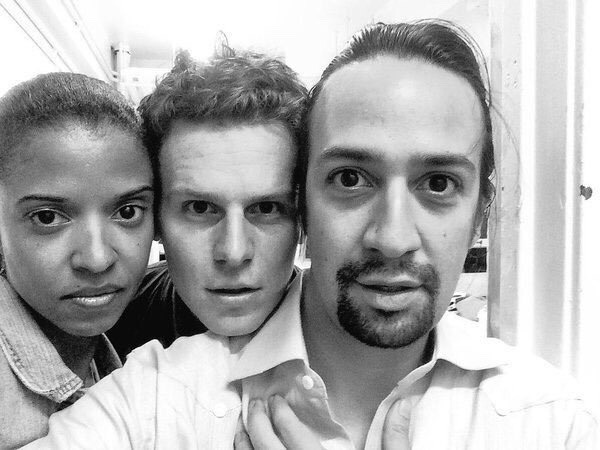
Oh, dear: Charming Corcoran now! We have been using other rules all the time in Mathematics, like we have never actually respected Frege and his fellows: In practice, the theory is another, basically. Instead, the rule we actually use in Mathematics is that that receives a zero, a verdict of the type false, and therefore it is all actually useful when we produce inferences (we are obviously referring to the proof by contradiction). If we put them together, implication and conjunction, we then have, as a result, that if we get the assertion and its negation as an antecedent or (exclusively) the assertion and its negation as a consequent, we should not be able to use the implication for anything. We say that Classical Logic is the logical system we use to build the own Mathematics, but how can that be if we never ever apply anything that has to do with the conglomerate would be good for us to produce inferences. The reaction of every pure mathematician to the World of Corcoran would probably be the reaction we had: Oh, dear, why bother? It is only when we lose prejudice against the Actual World that we can see that he might be right in one or two of his points. That is what tells us if we are from Pure or Applied Mathematics, we reckon.
#Ex falso quod libet plus#
(Berto, 2009) We can see Classical Logic as our CSTJ 1 Biology professor saw human beings (moving conglomerates of molecules, like she said she actually saw that after studying the discipline for that long), and therefore as a conglomerate of 0s and 1s plus connectors, or we can see Classical Logic as Doctor Corcoran sees it: It is applicable to real life.

Since Classical Logic says that contradictions imply all possible assertions in the system (Explosion Law), we get the Ex Falso Quodlibet principle (as Hyde would put it: Falsity spreads). We get that X is true and we get that X is false in the example given. What we have actually done here was applying the rules from Classical Logic and reaching a contradiction after producing some inferences. If we start by assuming that X is true, for instance, and we get to the end of our mathematical proof, and, as a conclusion, we find out that X is false, we decide that X is not true, and therefore that X can only be false. We always say that if we get a contradiction, we have proved that our assumptions are equivocated. At the same time, we never really stopped to think about how we apply Classical Logic inside of Mathematics until we saw the work of Doctor Corcoran, we now realize: Our proofs, those we print so proudly in our books, never ever respected the principle of explosion or the (0,0) or the (0,1) match in the material implication. When we think of Classical Logic, a piece devised by very respectable researchers, as for all we know about them so far, people like Frege, we immediately think of Mathematics. When we apply things inside of the same piece of Science, is that an application or an attempt to further investigate how the phenomenon we refer to behaves? We tend to think it is the latter. Coming from Brazil, we do expect Applied Mathematics to be something like foam that dissolves in the environment in record time, what they once produced at UNICAMP. It is applying the concept, no doubts about it, but we still saw that as Pure Mathematics, since it is all inside of Pure Mathematics in our Inner Reality (Pinheiro, 2016a). What he actually meant, he would later on clarify, was applying the concept of S-convexity to Inequalities, what obviously made immediate sense to us as soon as he said it. We simply went around explaining what it was and asking if they could imagine some utility. We did not hesitate: The faculty where we worked was an Engineering faculty. Drawing a line to split what is application from what isn’t is something very difficult to do: In 2001, Doctor Dragomir asked us to find applications for S-convexity. In practice, the theory is another, as they say everywhere on earth. We are sure some people could spend even an entire life talking about the beauty of a letter in isolation. There is what we would like to call theoretical utility of a concept and what we would like to call material utility: In theory, everything is useful, even a single letter in isolation. If we do have mistakes, we’d better fix those. We then have to think of the difference between assessment, isolation of mistakes, and correction of mistakes (three items) and boredom, imagination, and breaking rules (another group of three items): Perhaps Classical Logic is not as perfect as we initially thought it was.

Rigorously, therefore, what we are about to study here is possibly a nonclassical system. Introduction One could think that if we change a small rule in Classical Logic, we have a nonclassical system, even because that is what we ourselves said in a previous text (Pinheiro, 2016).


 0 kommentar(er)
0 kommentar(er)
